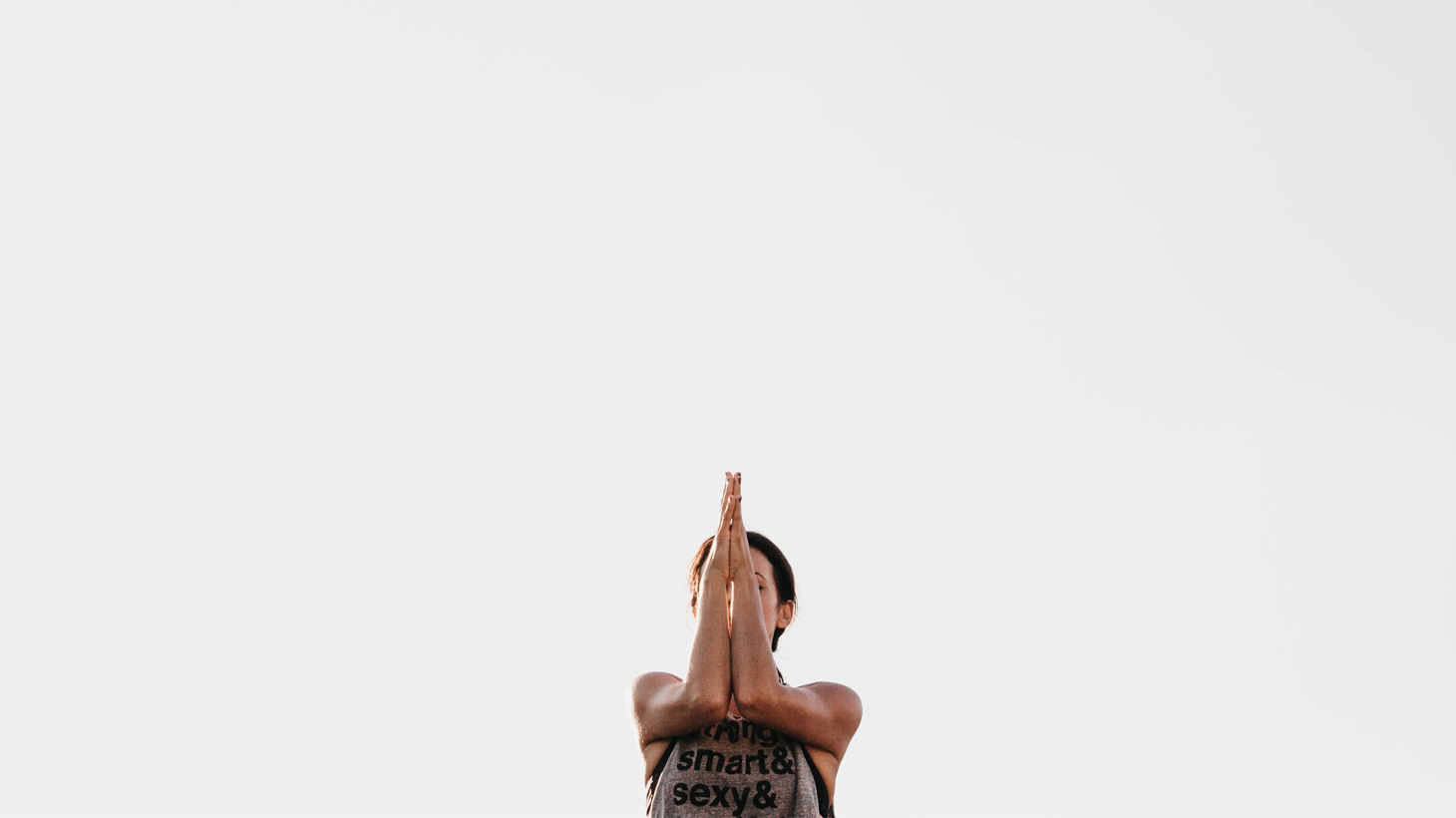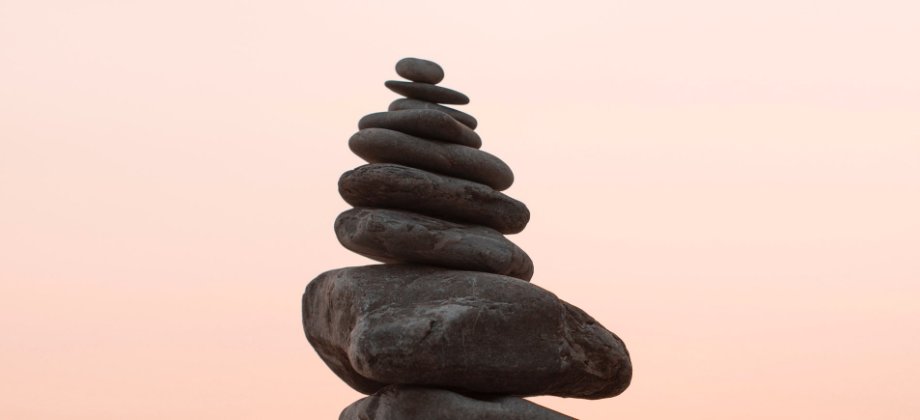
Teaching Yoga is an Art
A big part of our job as yoga teachers is to give people a chance to be truly present in the moment. We use language, postures, movement, stories, awareness cues, and all the other tools we have in our box to let the past and the future slip out of focus so each person in class can experience right now and relax more deeply.
The intention was to help us stay present in the moment, instead of thinking about how we’d do the next thing.
So today I’d like to add another teaching skill to your repertoire: the art of not telling anyone what’s going to happen next.
How taking away ‘warnings’ can make a yoga class richer
On my first yoga teacher training eight years ago, there was no schedule. Well, there was; but only the trainers knew it. We students were completely in the dark, with no idea what class or lecture was coming next. This wasn’t an accident — the intention was to help us stay present in the moment, instead of thinking about how we’d do the next thing (or dreading the long anatomy lecture coming up after lunch).
Some of us found it frustrating to start with. We were used to planning, and that felt safe to us; to be able to think about and put ourselves in each class before we were physically there. For me, knowing that some classes included posture clinics in which individual students were asked to demonstrate a posture and have it critiqued in detail, or teaching practice where we’d have to speak to and lead the whole group, was the hardest part. I wanted to psyche myself up for those moments and feel ready to stand up in front of everyone.
But as the weeks went by it started to make a bit more sense. We couldn’t plan and worry our way through the future of everything the way we were used to doing; so we just had to take each moment as it came.
When I did have to get up and teach, or demo a posture while my peers and trainers examined it closely, I did those things exactly the way I would have if I’d known they were about to happen. Except without the hours or days of thinking through and worrying about them first. Which was amazing. I could wake up in the morning and head to practice without feeling the need to think through every known minute of the day. I could think about other things, even — and then experience the practice and teaching from a calmer and more open state of being.

Have you tried this in your classes?
You don’t have to be teaching teachers to do this. You can do it in your regular classes.
Start by noticing the warnings you give your students while you teach. Different teachers do this in different ways, and to varying degrees. I have a habit of telling the class about the theme or peak posture in the grounding or warm up phase of a class, and then touching back on that throughout — telling them why we’re doing specific postures or exercises, and what effect those movements have. This isn’t a bad thing to do, and sometimes it’s really valuable to give students a deeper understanding of how a sequence works so they can get to know how they can prepare their body for certain postures, or work on a specific goal — physical or otherwise. But doing that makes a class more like a workshop and it’s not something I want to do every time.
Other teachers might warn students that a certain challenging posture is coming up, or that they have X number of rounds to get through before they can rest after a sequence, or that savasana will be in so many minutes time.
Allow it to unfold for them in the moment and take them on a journey without warning them about the next step.
Once you’re aware of the warnings you’re tend to give you can try teaching a whole class without doing any of those things.
Don’t tell them the postures or the sequence that’s coming next in class, or what you’ll be covering next week. Allow it to unfold for them in the moment and take them on a journey without warning them about the next step.
It creates a journey for the class — and a little more work for you
Teaching in this way means that you take on more responsibility for guiding people through their practice. Only you know what’s coming, so it’s your job to stay aware of their energy prepare them, offer rest when it’s needed, and build a flow that works even though the people actually doing the practice can’t plan ahead.
It takes practice; but when you get the hang of it, leading a class with no warnings enables you to take students on a journey. They’ll walk out of class feeling lighter, more aware, and with a sense that they’ve experienced much more than just a movement class.






